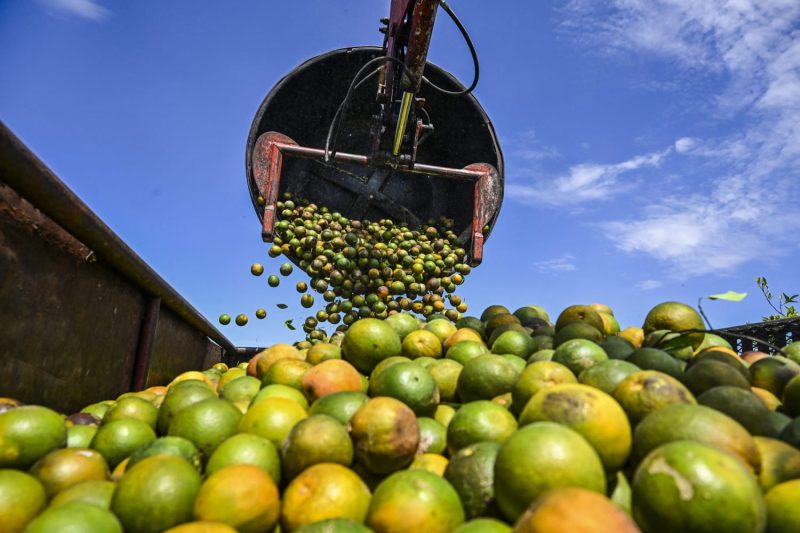Orange juice has long been a staple in many households for its refreshing taste and nutritional benefits. However, consumers may have noticed that the price of orange juice is often higher compared to other fruit juices. So why is orange juice so expensive? Several factors contribute to the higher cost of orange juice production and distribution.
One primary reason for the high cost of orange juice is the labor-intensive process of growing and harvesting oranges. Oranges require a significant amount of manual labor to pick, as they are usually harvested by hand to ensure the fruit remains undamaged. This labor-intensive process increases production costs, which are then passed on to consumers in the form of higher prices.
Furthermore, the production of orange juice involves various steps such as washing, peeling, juicing, and packaging. Each of these processes requires specialized equipment and machinery, which adds to the overall production costs. Additionally, orange juice needs to be pasteurized to ensure it is safe for consumption, which further increases production expenses.
Another factor contributing to the high cost of orange juice is the limited geographical regions where oranges can be grown. Oranges thrive in warm, subtropical climates, and are predominantly grown in regions such as Florida, Brazil, and Spain. The reliance on a few key producing regions can lead to supply chain disruptions due to weather events or other factors, impacting the availability and cost of oranges used for juice production.
Transportation and distribution also play a role in the cost of orange juice. Oranges are a perishable commodity that requires careful handling and transportation to maintain freshness. The cost of transporting oranges from groves to processing facilities and then to retail outlets adds to the overall cost of orange juice.
Additionally, fluctuations in global orange production can impact the cost of orange juice. Factors such as disease outbreaks, natural disasters, and changes in demand can lead to fluctuations in orange supplies and prices. When orange supplies are limited, the cost of production increases, leading to higher prices for consumers.
In conclusion, the high cost of orange juice can be attributed to a combination of labor-intensive production processes, specialized equipment, limited geographical regions for orange cultivation, transportation costs, and supply chain dynamics. While orange juice may be more expensive compared to other fruit juices, its unique flavor and nutritional benefits continue to make it a popular choice for consumers despite the higher price tag.
